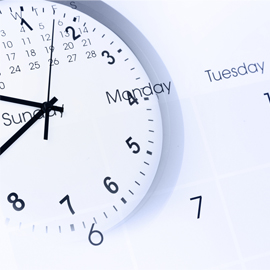 There is a reason the old saying “eat less and move more” falls short when inspiring successful weight loss. The concept of “more” or “less” is subjective. Weight loss surgery will help you eat less, but how much movement is right for you?
There is a reason the old saying “eat less and move more” falls short when inspiring successful weight loss. The concept of “more” or “less” is subjective. Weight loss surgery will help you eat less, but how much movement is right for you?
During the first days and weeks following your weight loss procedure you won’t be encouraged to exercise right away. Before starting any form of moderate intensity activity, your body requires time to heal. As you recover from surgery and your surgeon says you are ready to engage in more activity, you can start exploring different options and find an activity that suits your interests and needs.
Becoming More Active
Physical activity refers to any action that encourages muscle movement. This includes activities like walking to the mail box, cleaning the house and climbing one flight of stairs, as well as more traditional forms of exercise like jogging, biking or swimming.
As you lose weight, you’ll want to start incorporating activities like these into your regular routine, but how much of each? This is a question that you’ll want to discuss with your weight loss surgeon. There isn’t one right answer about how much exercise is right for everyone.
For example, here is what a few of the leading medical research associations say in regards to exercise:
- The National Academies Institute of Medicine recommends 60 minutes of daily exercise to prevent weight gain.
- The American College of Sports Medicine recommends a 5-10 minute warm up, followed by 30-45 minutes of aerobic activity. They suggest this type of aerobic activity three to five times a week in addition to weight training.
- The Surgeon General recommends 30 minutes of moderate-intensity activity every day. This can be two sets of 15 minutes, three sets of 10 minutes, or one set of 30 minutes.
Regular exercise can benefit your health in many ways. Physical activity improves heart health, blood circulation and can even reduce stress and improve mental well-being. Working out encourages weight loss by burning calories and helping to tone muscle.
As you create a workout plan, think about what your schedule will allow for and what you are accustomed to. Start in small doses and gradually work your way up until you are working out for 60 minutes at a time.


